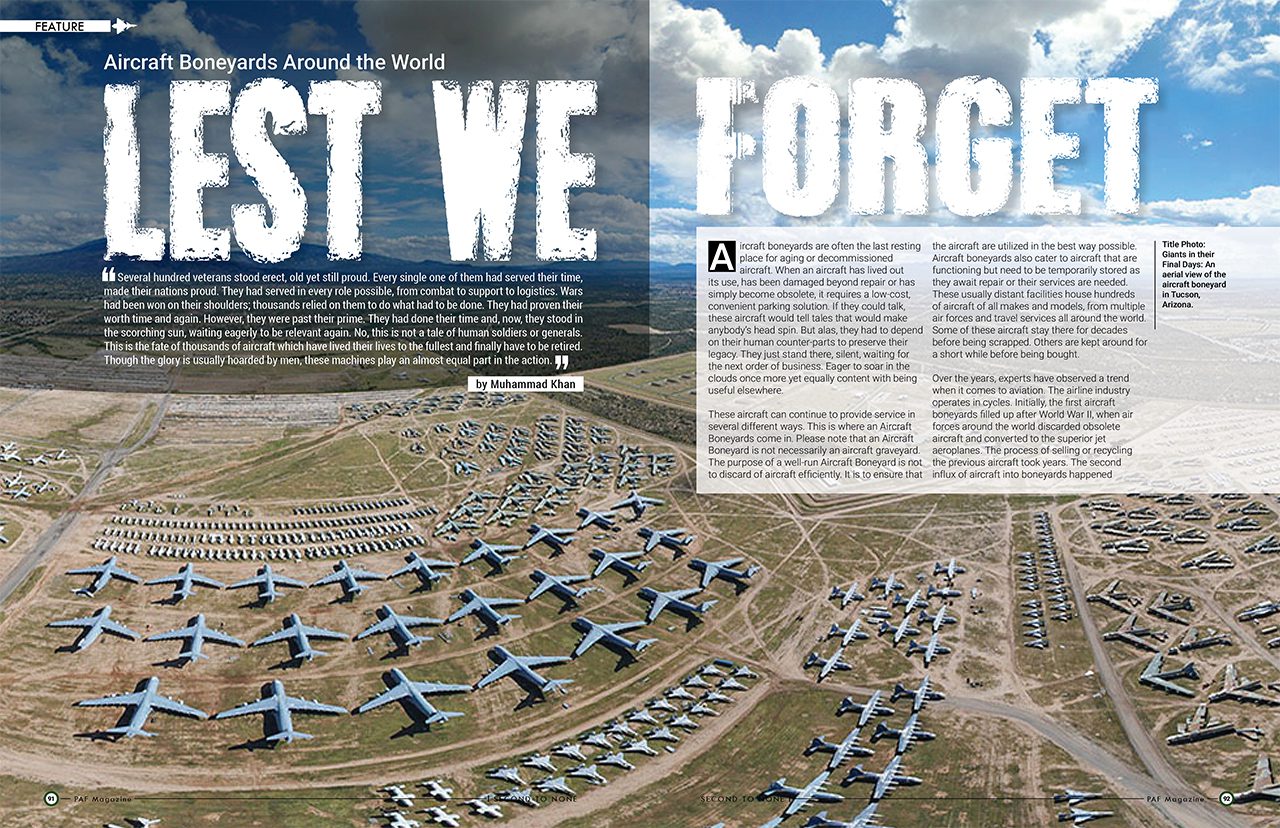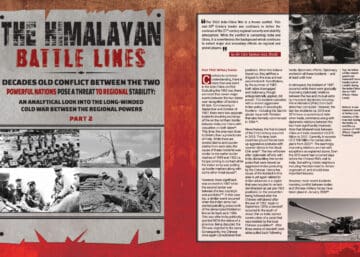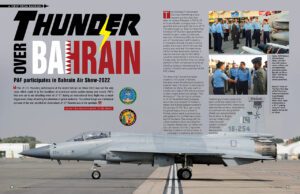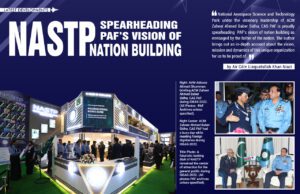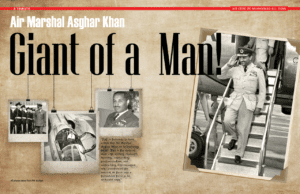Several hundred veterans stood erect, old yet still proud. Every single one of them had served their time, made their nations proud. They had served in every role possible, from combat to support to logistics. Wars had been won on their shoulders; thousands relied on them to do what had to be done. They had proven their worth time and again. However, they were past their prime. They had done their time and, now, they stood in the scorching sun, waiting eagerly to be relevant again. No, this is not a tale of human soldiers or generals. This is the fate of thousands of aircraft which have lived their lives to the fullest and finally have to be retired. Though the glory is usually hoarded by men, these machines play an almost equal part in the action.
Aircraft boneyards are often the last resting place for aging or decommissioned aircraft. When an aircraft has lived out its use, has been damaged beyond repair or has simply become obsolete, it requires a low-cost, convenient parking solution. If they could talk, these aircraft would tell tales that would make anybody’s head spin. But alas, they had to depend on their human counter-parts to preserve their legacy. They just stand there, silent, waiting for the next order of business. Eager to soar in the clouds once more yet equally content with being useful elsewhere.
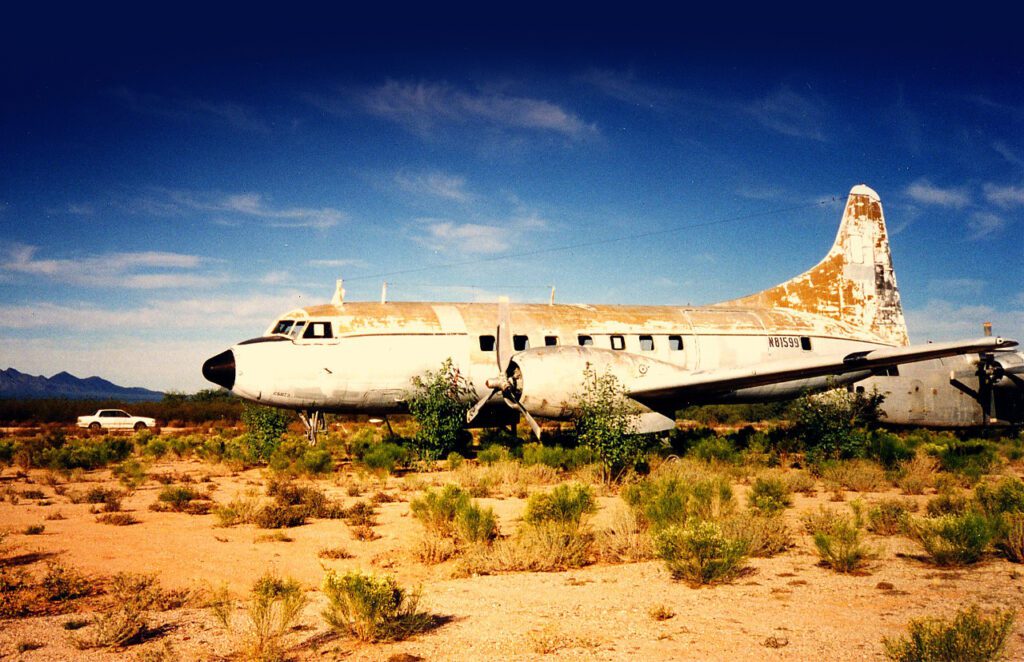
These aircraft can continue to provide service in several different ways. This is where an Aircraft Boneyards come in. Please note that an Aircraft Boneyard is not necessarily an aircraft graveyard. The purpose of a well-run Aircraft Boneyard is not to discard of aircraft efficiently. It is to ensure that the aircraft are utilized in the best way possible. Aircraft boneyards also cater to aircraft that are functioning but need to be temporarily stored as they await repair or their services are needed. These usually distant facilities house hundreds of aircraft of all makes and models, from multiple air forces and travel services all around the world. Some of these aircraft stay there for decades before being scrapped. Others are kept around for a short while before being bought.
Over the years, experts have observed a trend when it comes to aviation. The airline industry operates in cycles. Initially, the first aircraft boneyards filled up after World War II, when air forces around the world discarded obsolete aircraft and converted to the superior jet aeroplanes. The process of selling or recycling the previous aircraft took years. The second influx of aircraft into boneyards happened when the classic prop airliners were discarded in favour of jet passenger aircraft in the 60s and 70s. Then, 1974, the oil crisis happened, once again landing a big chunk of active aircraft at boneyards. These planes returned to service after the oil supply stabilized, only to be sent back when the airlines were deregulated in the early 1980s. The parked airliners went back into service gradually but operations were once more interrupted by the travel shock after 1991 Gulf War. During the mid-90s, the skies were once again filled with aircraft and business was booming. Aircraft boneyards were almost empty.
However, the prosperity was ended in a single day. The 9/11 attack changed the course of history, effecting millions of lives and several nations in its wake. The aviation industry was heavily affected. Entire fleets were sent to boneyards. With perpetually looming terrorist threats, sky-high fuel costs and passengers worried about their safety, air travel suffered a substantial blow. The boneyards were once again filled. In some instances, aircraft which had just rolled off the assembly line were flown directly to a boneyard, never even accommodating a single passenger. In the last couple of decades, the economic crisis, global uncertainty, fuel shortages and several other factors have kept the boneyards full.
Aircraft boneyards are complex organizations which require skilled personnel and endless diligence. And since most personnel running them hail from aviation backgrounds, its an emotional endeavour. Let’s dive deep into what exactly goes on in an aircraft boneyard.
Why deserts?
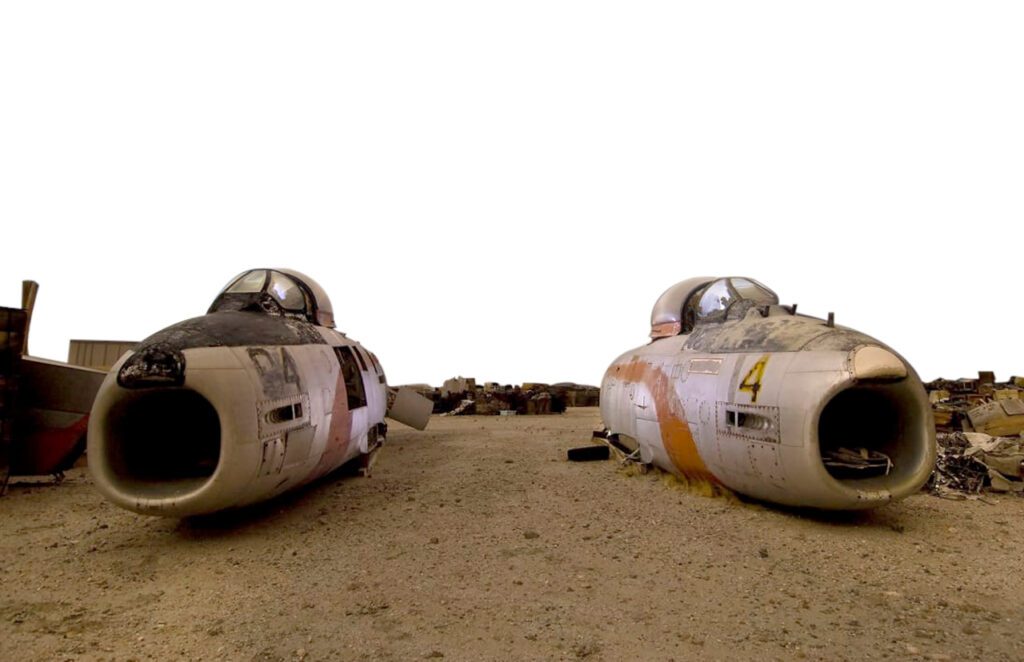
Most aircraft boneyards are stored in desert-like territories, usually far way from main cities. The aircraft are lined up in organized groups, each for different statuses and purposes. The dry, hot weather of such territories are perfect for aircraft boneyards because of multiple reasons. The dry heat, low levels of humidity and very little rain around the year ensure that the aircraft rust and deteriorate at a much slower rate than they would in normal territory. Rust and corrosion is the biggest enemy when it comes to parked aircraft. So, if the goal is to prolong an aircraft life, humidity must be kept at a low-level.
Another benefit that such territory offers is the surface that the aircraft are parked on. The soil in such territories is hard and doesn’t give in that easily. Below the top layer, under six inches of dirt, lies a clay-like layer known as the caliche. If this sub-layer is present in the soil, the preserved aircraft can be directly parked on the soil. This saves a hefty amount of costs by not having to construct concrete parking ramps or fields. It’s even better if the soil is alkaline. The absence of traffic and other sources of pollution also helps greatly, proving a smog-free environment for the parked aircraft.
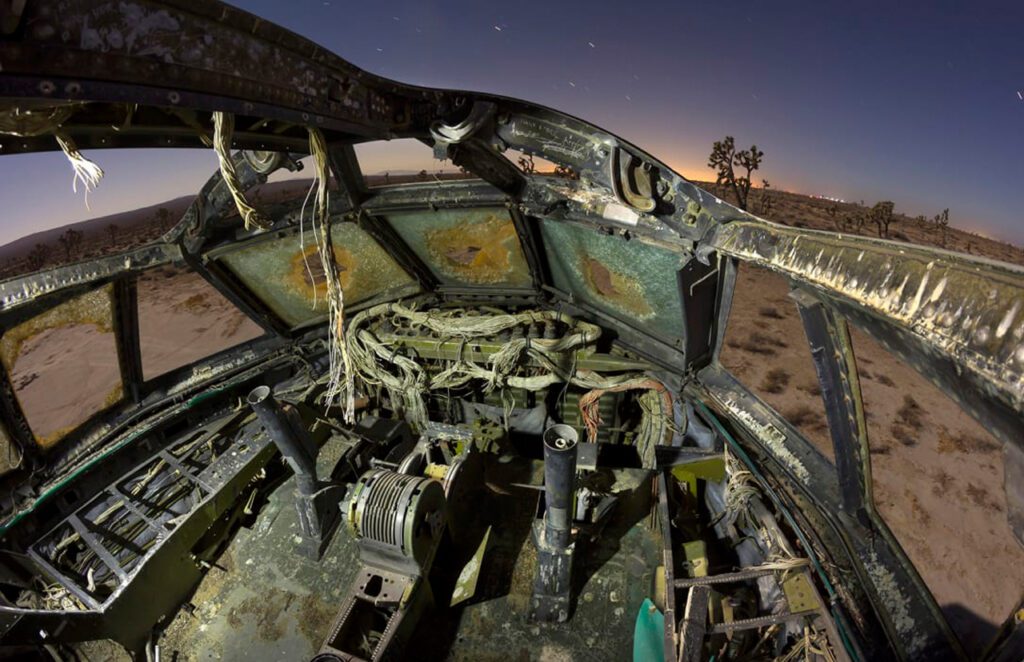
Another huge benefit that such territories offer is the low cost of the storage area. Airports and hangars have sky-high operative costs. This translates directly into the fee they charge for storing an aircraft. Compared to these prices, aircraft boneyards demand peanuts for storage.
This, of course, does not mean that such territory doesn’t come with its own set of challenges. The high-speed wind needs to be tackled. It needs to be ensured that dust cannot enter the aircraft. Aircraft are built to fly. The high-speed gusts of wind mean that all the parked aircraft need to be fastened down firmly with strong cables. The conditions are favourable for aircraft, but it is a harsh and unforgiving environment for a crew to work in. The high heat and the scorching sun takes it toll on you. It takes a special breed of people to able to do this long-term. But then again, it is a special kind of a career.
Preservation
As we’ve discussed before, an aircraft boneyard is not a place that aircraft necessarily go to die. It is not a huge, sprawling plain filled with aircraft carcasses. Instead, good aircraft boneyards are just a pitstop for aircraft, before they are used again in partial or full capacity once again. We shall go into detail into how exactly these preserved aircraft are used. However, lets look at how these aircraft are preserved. It is extremely important that they retain their best-possible condition because an aircraft can last upto 50 years in a boneyard. The process has evolved over the years and varies from boneyard to boneyard. But generally, these are the steps that are followed in the leading ones across the world.
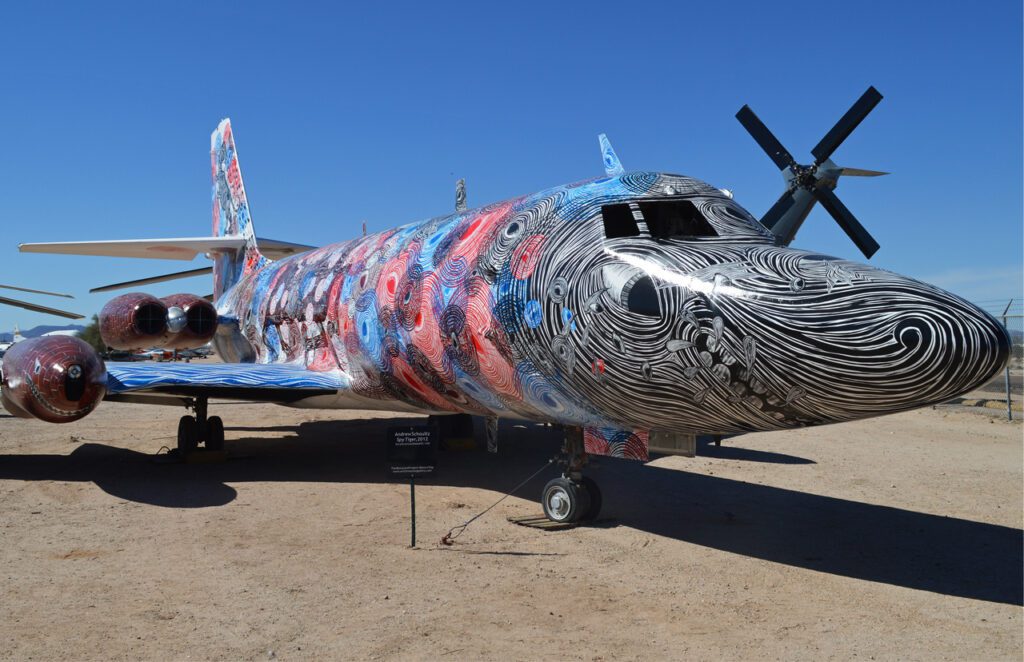
The first step is washing the aircraft thoroughly. Especially if the plane has served in corrosive or rigorous environments. For example, any airplane that has served on an aircraft carrier has to be thoroughly cleaned of any residue salt. Next comes defueling the aircraft. The crew designated to do this task can completely drain multiple aircraft in a day, depending on the size and nature of the aircraft. Larger planes with multiple engines like the hulking C-5 Galaxy can take longer than a day to completely defuel. The process is comparable to a blood transfusion. The aircraft is completely drained from the tanks and the fuel lines using high-power pumps. Then, special viscous oil is poured in, which lubricates the parts and provides a protective coating to the tank and fuel systems. Doing this prevents corrosion over the years. The aircraft is usually fired up to complete the last part. Once this is done, technicians locate and disable any volatile parts and mechanisms that may be present in the aircraft. For example, the charges that activate the ejection seats can be a nasty surprise for a crew member if they haven’t been properly disposed of.
The aircraft is then handed over to the ‘Spraylat Crew’. Spraylat, and other similar brands, is a paint-like latex-based substance which is permanently flexible, which is easy to remove when needed. Referencing a diagram which is usually supplied by the owner of the aircraft, the crew will coat every window, access panel, seam and opening with the substance. The insulating quality of the coating keeps the aircraft cool on the inside while protecting it from wind and other elements.
